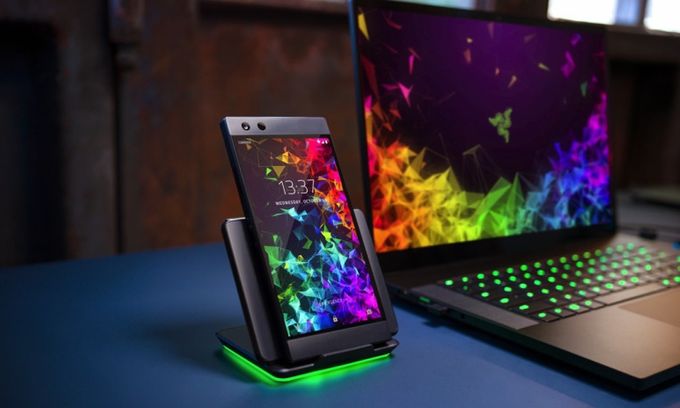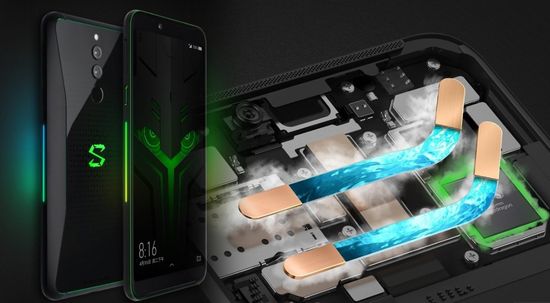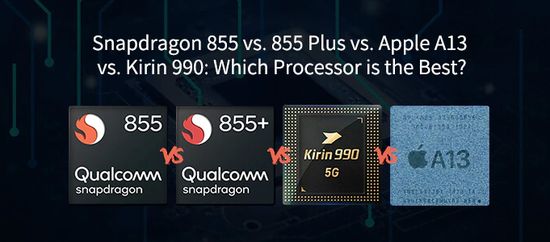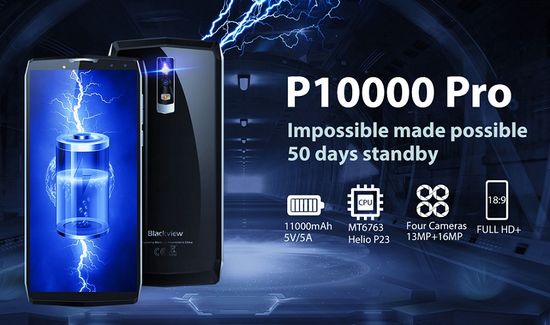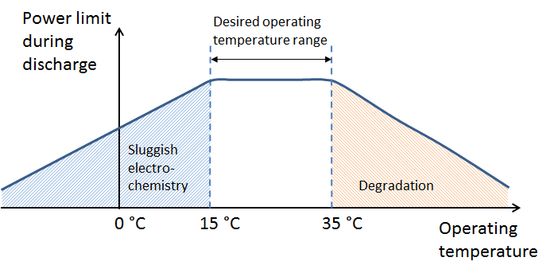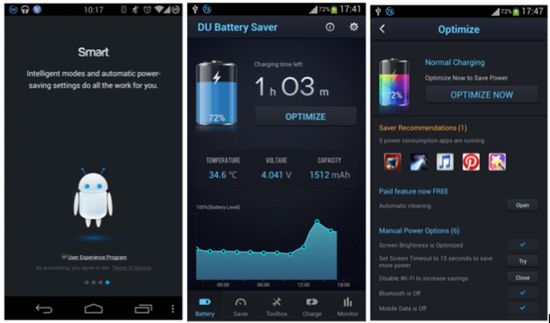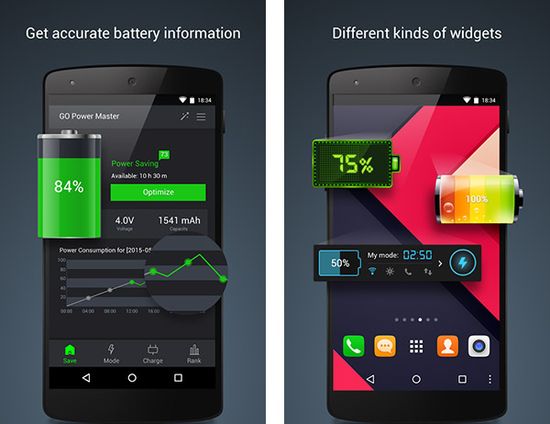For more than ten years, smartphones have confidently dominated in popularity in the consumer electronics segment. Of course, companies adequately respond to demand by offering a huge assortment of different models in all price segments. Today, more than 600 companies design and manufacture these devices. But almost 80% of the global market belongs to only 10 companies. This list includes South Korean Samsung (19%) and LG (3%), American Apple (12%), Finnish Nokia (1%) and Chinese Huawei (13%, including Honor), Xiaomi (9%), Oppo (9%), Vivo (8%), Lenovo (3%, including Motorola), OnePlus(1%), and Tecno (1%).
As a result, this situation provoked an unprecedented competition level, forcing companies to invest huge resources in innovative technologies. In turn, innovation provides an extension of functionality, which is traditionally one of the essential components of the competitiveness for any device.
As a consequence, the phone quickly transformed into a pocket PC with excellent media capabilities. Projector mobile phones with a projector function, cameraphones with a complex but highly effective digital image processing, liquid-cooled gaming smartphones perfectly illustrate this trend.
As a result, the companies constantly improve specs of their components, including screen resolution and size, processor performance, etc. The performance of the latest Kirin 990 5G or Qualcomm Snapdragon 855 plus processors demonstrates the swiftness of this process.
Phone longevity vs battery longevity
Unfortunately, these positive aspects have a flip side. For example, a processor and a large screen consume a lot of energy during shooting (digital processing), watching, games, etc. As a result, companies increase the battery capacity and developing energy-saving algorithms. Today, many flagships already use batteries with a capacity of 4500-5000 mAh. Moreover, the Blackview P10000 Pro uses a battery with an unprecedented capacity of 11,000 mAh.
Android 10 dark theme saves up to 50% charge for OLED screens.
However, modern smartphones rarely work even for one day in energy-intensive modes. As a result, the user is often forced to recharge the battery, rapidly consuming its resource (about 500 full cycles). As known, the battery degradation after 500 cycles reduces its capacity to 80%. Of course, this factor shortens battery life and increases the number of charge cycles, further accelerating its degradation. In the budget segment, the frequent change of smartphone partially compensates for this problem. Many change 200-dollar models in 1-2 years. Usually, the battery simply does not have time to completely degrade.
Unfortunately, the flagships priced at about $ 1,000 change much less frequently. In addition, the non-removable batteries in recent models has further exacerbated the problem of its replacement.
As a result, many owners of expensive smartphones in a year are faced with the unpleasant problem of replacing the battery. Of course, following some simple rules increases battery longevity, but does not solve the problem radically. Today, the duration of using even an mid-budget smartphone for 2-3 years significantly exceeds its battery longevity in case of active use of energy-intensive modes. But buying an expensive multifunctional smartphone just for talking is also hardly advisable. This contradiction requires a reasonable compromise.
Quick charge
Regular charging of a high-capacity battery lasts long enough, significantly reducing the model usability.
A few years ago, companies realized this problem and without much fuss began to solve it. As a result, almost all large companies have developed and implemented fast charging technologies. Today Qualcomm Quick Charge is one of the leaders in this direction. However, Huawei SuperCharge, Oppo Super VOOC, etc do not lag behind the leader, offering elegant solutions. For example, Huawei uses 8-layer thermal insulation, Oppo – a parallel charge of a 2-component battery. Both solutions reduce battery heating during charging. As known, temperature above 30° C accelerates its degradation.
But overall, fast charging usually shortens battery longevity. Initially, many companies considered fast charging as an opportunity to urgently recharge the phone. But this very convenient technology quickly became the dominant way of charging. Unfortunately, it has a significant drawback.
Fast charging uses increased power from 18 W and above. In particular, Power Delivery 3.0 standard sets the range for voltage and current of 5 – 20 V and 1.8 – 5 A, providing maximum power up to 100W. Unfortunately, charging with increased power is accompanied by battery heating. In addition, the regular 5-watt (1A x 5V) battery recharging psychologically limits many users who do not want to spend time on long recharging. The absence of this restriction stimulates a more active use of energy-intensive modes (games, photos and video shooting, watching videos), speeding up the consumption of 500 battery charging cycles. Of course, the psychological readiness of the user to replace the battery or phone in 1-1.5 years eliminates the problem. Worse if this news comes as a surprise to him. In any case, companies are unlikely to significantly reduce the usability of their models by abandoning this technology.
The main reasons for reducing battery life
1. Battery degradation
In Android models the *#*#4636#*#* combination activates the menu with the “Battery Information” item. It contains information about the battery level, temperature, etc. Settings for iPhone models with iOS version 11.3 and higher also contain similar information.
2. Using the smartphone at low temperatures or in the heat adversely affects the battery life. As a rule, specs contain data on the range of recommended temperatures.
In addition, the optional case will additionally protect the phone from the cold.
3. A very bright screen with settings up to 100% quickly discharges the battery. Setting the display brightness at a level of 50-60% solves this problem.
4. Energy-intensive modes.
Of course, active processor operation in games or in processing algorithms during shooting radically increases power consumption. But Wi-Fi, Bluetooth and NFC also increase the load. Deactivating them in the settings will reduce consumption.
5. Unstable cellular requires its constant search with high power consumption. In addition, the GPS sensor consumes a lot of energy even with a good signal. Deactivating it will also significantly reduce power consumption.
6. Many mobile viruses deliberately discharges the battery. An effective antivirus will easily solve this problem.
Ways to increase battery life
1. Battery calibration
As a result of calibration, the phone remembers the required charge level. Today, the Internet offers several such programs, including the popular Battery Monitor. This algorithm includes the following steps:
– specify the battery capacity;
– install Battery Monitor;
– controlling the charge level with its help, charge the battery to max;
– restart the smartphone.
2. Updating the OS
Typically, newer versions increase energy efficiency. Moreover, many companies, including Samsung and Apple, automatically offer updates.
3. Removing unused apps clears memory and reduces power consumption.
4. Energy-saving programs.
Today they most effectively provide increased battery life by minimizing power consumption and prolonging battery longevity by monitoring its condition.
The list of the most popular programs includes:
– Greenify – runs in the background, disabling unused processes.
– DU Battery Saver – deactivates background processes and displays battery information. A separate button disables any energy-intensive utilities;
– Amplify Battery Extender – automatically disables all unnecessary processes and has manual settings;
– GO Battery Saver – has several profiles to reduce power consumption.
Conclusion
Limited use of energy-intensive modes, periodic calibration, cleaning the memory, OS upgrade, effective antivirus program, and energy-saving programs will extend battery life.
An optimal charge level in the range of 40-80% and a reasonable restriction on the use of fast charging to prevent overheating will increase battery longevity.
Ideally, the battery longevity will be equal to the phone usage period, eliminating the need to replace a non-removable battery. But, of course, a little share of German pedantry will increase the efficiency of these simple recommendations.
This video shows the battery calibration on rooted Android phone.
